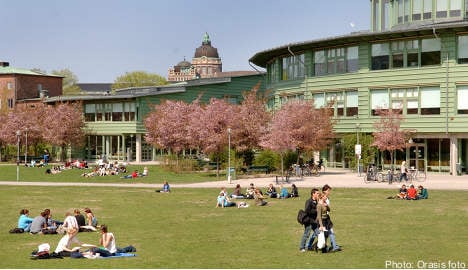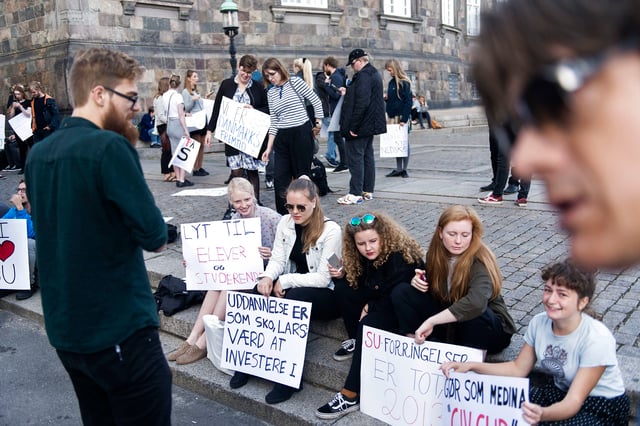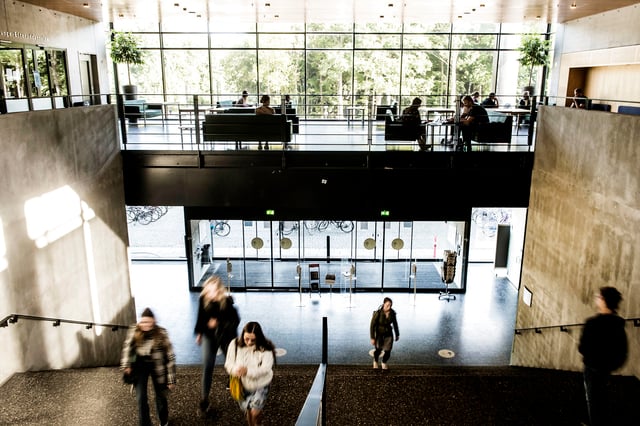The union is now demanding that the government act so that more student accommodation can be built.
“We know that there is quite a large number of students today who are unable to find anywhere to live and end up sleeping on a friend’s couch, on an inflatable mattress or borrowing someone’s country cottage,” said Camilla Georgsson, chair of SFS, to The Local.
The report is a study of the situation for all Swedish students in university towns across the country.
It shows that, with a few exceptions, the situation for university students seeking digs in Sweden is pretty harsh.
The association calls the situation “untenable” and is now calling for more accommodation made available, adapted to both students’ needs and wallets.
But some areas are doing better than others. The recipe for success is a well-developed cooperation between local authorities, housing companies, universities and student unions, according to Georgsson.
She uses Trollhättan, in western Sweden, as an example of an area that has done well in trying to improve the housing situation for students.
“We see that those that have done the best are those that view students as an investment in the future. Generally the attitude is that the problem will ‘work itself out’ but we have seen that it doesn’t,” Georgsson said.
The union wants the government to intervene and ensure that more student housing will be built in the near future. Meanwhile, term is starting and many students will find themselves without guaranteed accommodation.
According to Georgsson, students must in the meantime be informed as to what their prospects of finding digs are.
“Today students have to plan ahead. They must be given information in advance about the housing situation at their university town of choice,” she said to The Local.






 Please whitelist us to continue reading.
Please whitelist us to continue reading.
Member comments